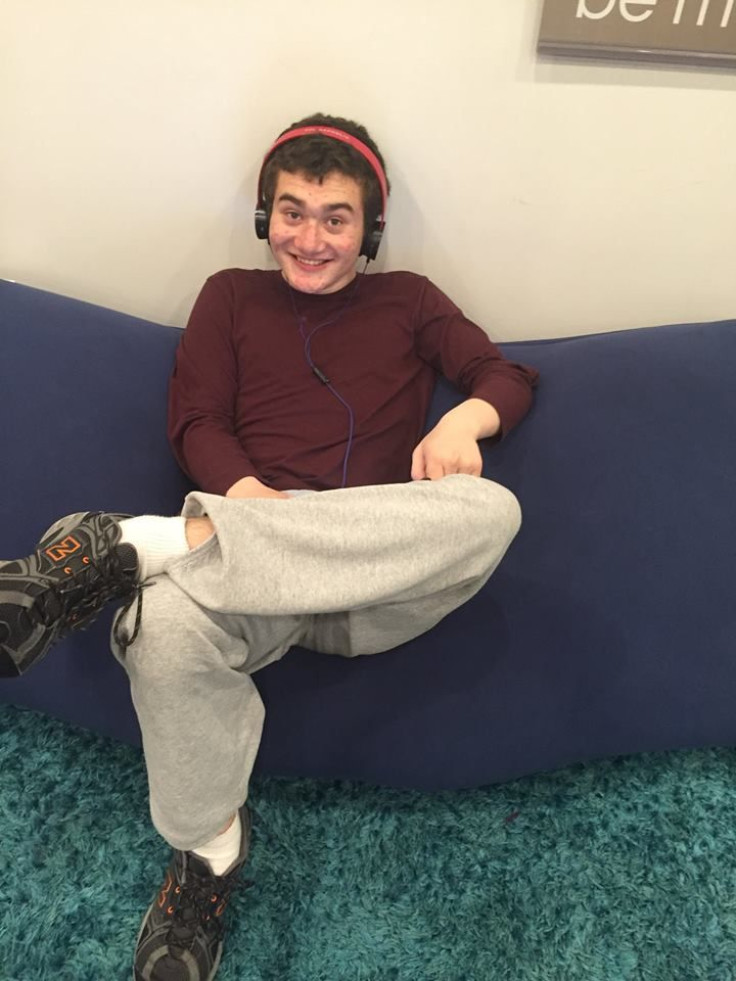Nonverbal Teen Boy With Autism Says He Loves Himself 'Just The Way I Am,' Uses Rapid Prompting Method To Communicate

Among the people diagnosed with autism, about a quarter of them are nonverbal; some are able to speak words but lack the ability to use language, and others can’t speak but turn to writing, typing, sign language, or other devices to express themselves. Regardless of the reason why nonverbal people with autism can’t communicate as well, there are plenty of misconceptions about them — that they’re less mentally or emotionally intelligent, for example — but one nonverbal teen is trying to change all of that.
Sixteen-year-old Gordy Baylinson was unable to speak or even show emotion for most of his life. Up until the age of 14, even his parents believed he couldn’t understand others around him. But all of that shifted when Gordy’s therapist taught him the Rapid Prompting Method (RPM), an extensive communication approach that focuses on receiving responses from people with autism through verbal, auditory, visual, and even tactile prompts.
In a Facebook post, Gordy’s father, Evan Baylinson, wrote about how far his son has come since starting the therapy. “Gordy has been progressing with RPM and is now using a keyboard to help him listen to lessons and answer questions about the lessons,” Evan wrote. “He has been able to express himself in ways that are unbelievable.”
In the post, Evan then relays his son’s beautiful letter, which he wrote through his keyboard. Gordy wanted to write the letter to an officer at the local police department, who was hosting an Autism Night Out. The letter exposes the rich inner life in the teen’s mind and emotions, and that this entire time he wasn’t low-functioning at all; his brain was just trapped in his body, which he describes to be similar to “a drunken, almost 6-foot toddler.”
“This letter is not a cry for pity, pity is not what I'm looking for,” Gordy wrote. “I love myself just the way I am, drunken toddler body and all. This letter is, however, a cry for attention, recognition and acceptance. With your attention, I can help you recognize the signs of nonspeaking autism. If you can recognize the signs, then you will be able to recognize our differences, which then leads to the understanding of those differences, which brings us to the wonders of acceptance.”
Officer Laura Reyes, who trains policemen on how to approach people with autism, responded to Gordy’s letter with delight and invited him to her next training session. Gordy hopes that his letter will help educate people who may previously have not known the difference between nonverbal and low-functioning autism — and create “a safe, welcoming and happy environment for both autistics and neurotypicals alike,” he wrote.



























